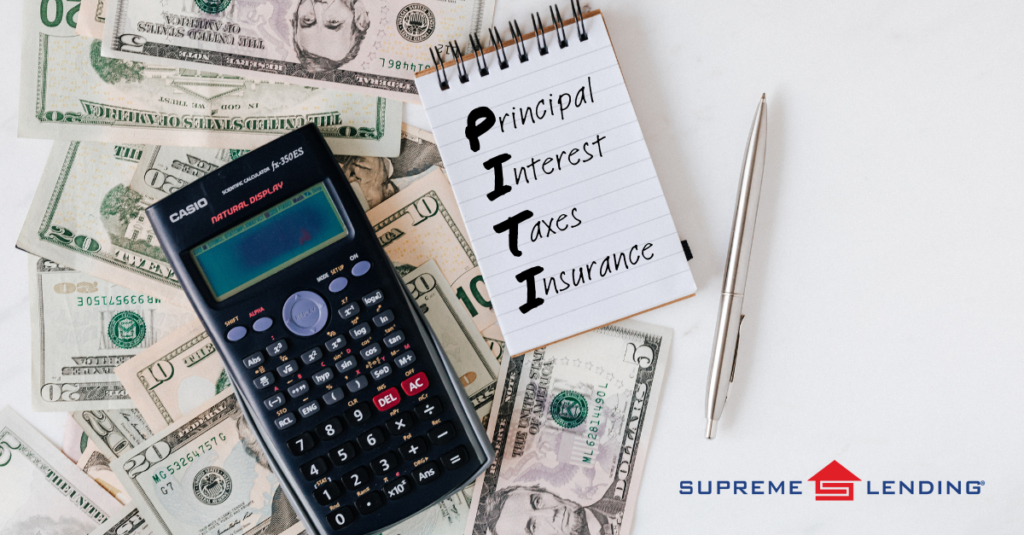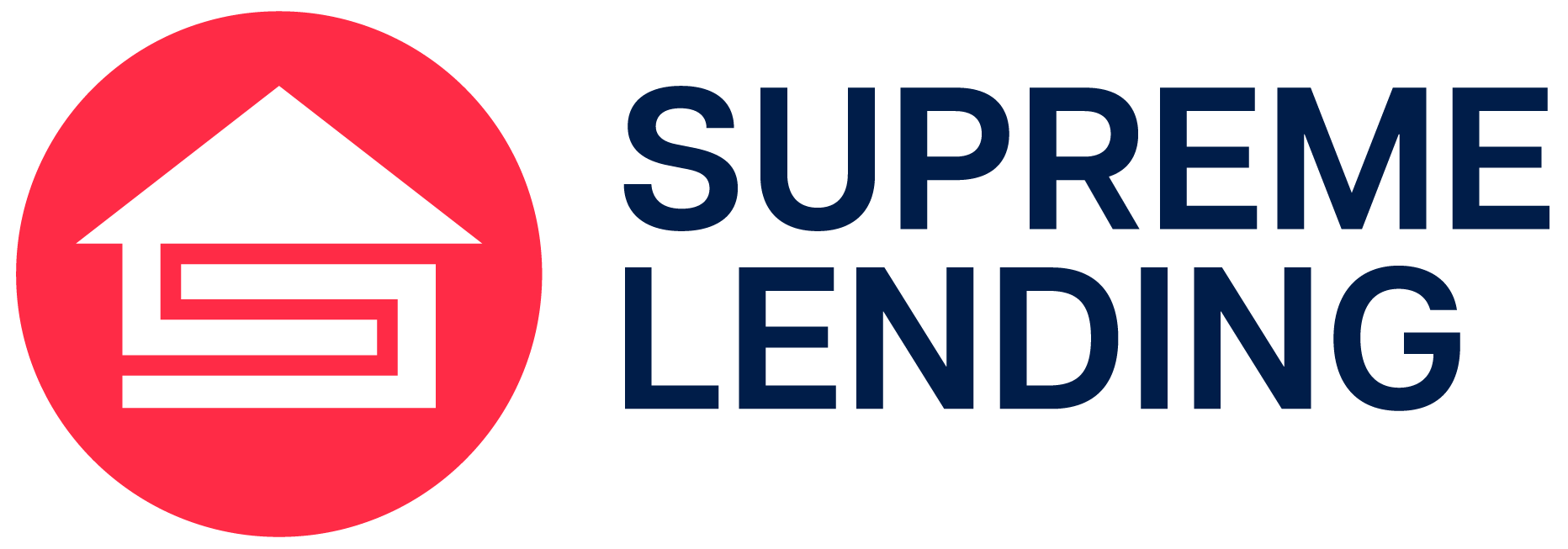
A mortgage is more than just the home loan amount, so let’s breakdown what all goes into a monthly payment beginning with the short acronym, mortgage PITI—principal, interest, taxes, and insurance. Understanding these factors can help you determine how much home you can afford and budget accordingly.
Principal (P):
Principal refers to the flat amount borrowed from a lender to purchase a home. It represents the initial loan amount, which is gradually paid down over the life of the mortgage through regular payments. Understanding the principal component of your mortgage payment is crucial for assessing the affordability of a home. A larger principal amount typically results in higher monthly mortgage payments, while a smaller principal amount may be more manageable depending on one’s budget.
Interest (I):
Interest is the rate percentage of how much you’ll pay each month as a fee for borrowing the funds. It is a fundamental component of mortgage payments. The interest rate on your mortgage directly impacts the total amount of interest paid over the life of the loan. A lower interest rate can reduce your monthly mortgage payments and lower the amount of interest you would pay over the life of the loan.
Taxes (T):
Taxes, specifically property taxes, are typically rolled into the monthly mortgage and vary by location and the appraised value of the home. These taxes fund various public services, such as schools, roads, and emergency services, within your community. Property tax rates fluctuate depending on the neighborhood and can have a significant impact on your overall housing expenses. Understanding property tax obligations associated with a prospective home is essential for accurate budgeting and planning.
Insurance (I):
Insurance, which can include both homeowners insurance and mortgage insurance, commonly have annual premiums that the lender can tie into your monthly payments. Homeowners insurance protects your investment by covering physical damages or loss to your property and belongings, such as fire, theft, or natural disasters. Mortgage insurance, which is typically required especially if you put less than 20% down, protects the lender if you default on the loan. Once you reach an agreed-upon equity threshold and loan-to-value ratio, it may be removed to lower your payments.
Practical Tips for Mortgage PITI
- Calculate Affordability. Using mortgage calculators and working with your Loan Officer can help provide an estimate for your monthly mortgage PITI payments based on your desired home price, down payment amount, interest rate, and other related terms.
- Factor in Additional Costs. In addition to PITI, consider other homeownership expenses, such as utilities, regular home maintenance, and homeowners association (HOA) fees, when establishing your housing budget.
- Build a Contingency Fund. Set aside savings for unexpected expenses or potential fluctuations in mortgage PITI payments, such as property tax increases or changes in insurance premiums.
- Reassess Periodically. Review your homeownership goals regularly and adjust as needed based on possible changes in income, expenses, interest rates, or market conditions.
Mortgage PITI—principal, interest, taxes, and insurance—serves as a fundamental framework for understanding the financial aspects of homeownership. Whether you’re a first-time homebuyer or a seasoned homeowner, examining each component of PITI offers valuable insights into how much home you can afford and helps you achieve your homeownership goals with confidence. Embrace the power of PITI as you embark on the exciting journey to owning your dream home.
Contact your local Supreme Lending branch to get started.
